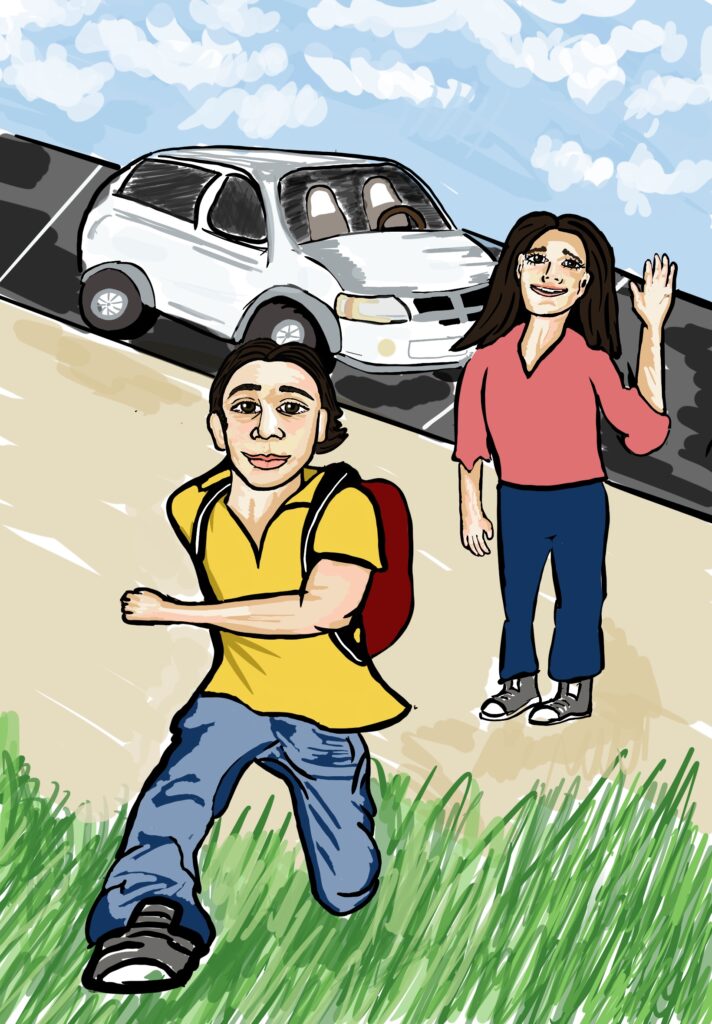In addition to a worldwide death toll of three million, the Covid-19 pandemic has brought with it an extreme environmental impact. The issue of medical waste disposal has become a global problem with the increased use of respirators, face shields, goggles, gloves, and gowns — most of which are designed for one-time use.
A recent U.K. study found that the three billion items of personal protective equipment (PPE) used from February to July last year generated 591 tons of carbon dioxide a day, or 27,000 times the average individual’s carbon footprint. In addition, 390 million Covid-19 swab tests and their packaging have been used. Since mid-December, the U.S. has administered hundreds of millions of vaccine doses, with each dose requiring at least a needle and syringe. Where does all this medical waste end up?
The medical waste management sector faced numerous challenges, even before the pandemic. Pre-pandemic, U.S. healthcare facilities were generating 6,600 metric tons of waste annually, becoming the country’s second-largest contributor to landfills. The pandemic has only further amplified the challenges of an already burdened sector.
While medical PPE has saved countless human lives, the improper disposal of used PPE is killing wildlife worldwide. Researchers from Leiden University in the Netherlands found numerous animals helplessly trapped in face masks, including a fox in the U.K., a pufferfish inFlorida, and two crabs in France. These researchers also found dogs, monkeys, hedgehogs, and penguins that had ingested PPE or become entangled in it.
According to the non-profit advocacy group, Ocean Conservancy, 81% of disposable face masks are made from plastic and other polymers. Medical-grade masks are made of polypropylene, a thermoplastic polymer, which is non-recyclable and non-biodegradable. It is estimated polypropylene takes around 500 years to decompose fully.
These plastics have a detrimental effect on the environment as they can break down into hundreds of thousands of microplastic particles. The effects of microplastics are not entirely understood, but scientists believe that they are toxic or can accumulate toxins.
Fortunately, there are many ways that people can help. First, we should all consider using homemade or reusable face masks. Disposable surgical masks will end up in landfills or out on the streets. Utilizing a reusable face mask eliminates this possibility, as users canwash it and leave it to dry before reusing it. If a single-use plastic face mask is required, disposing them properly and making sure that they do not end up in the environment or the oceans is crucial.
Given that the coronavirus is expected to become endemic, and that scientists are warning that future pandemics may be likely, it is important for governments to regulate PPE production. Current environmentally-friendly practices that apply to other industries, such as single-use plastic bans, should also be implemented in the context of PPE and disposable face masks. In addition, recycling infrastructure should be able to support the demand for PPE. Many recycling centers currently cannot recycle used face masks. The government should to facilitate the creation of mask recycling centers.
At Choate, students should apply principles of environmental protection to PPE usage. Students use face masks on a daily basis, so it is important that they are disposed of correctly. After finishing a meal, students should make sure that they throw away plates, cups, and tissues in the composting bin while disposing of plastic utensils in the trash. This will reduce the amount of waste traveling to landfills and increase compostable waste. Also, students should be sensitive to how much plastic and waste they are producing through ordering food or Amazon packages. Limiting the number of orders one places would significantly reduce the amount of waste entering landfills.
The coronavirus pandemic is entering a new phase. Vaccines are allowing parts of the world, such as the U.S., to return to a degree of normalcy that reveals a light at the end of the tunnel. At the same time, other parts of the world, including India and Brazil, are seeing a resurgence of Covid-19 driven by more contagious variants. The disease will be with us for quite some time, and the need for PPE equipment will remain acute.
Now that we have been living with the coronavirus for over a year, the PPE shortage has lessened as the industry has caught up with demand. It’s more important than ever, then, to plan at the governmental and individual level to ensure that the best environmental standards are applied to the handling and disposing of PPE equipment. The last thing we need is for a healthcare crisis to exacerbate an already severe environmental crisis.




